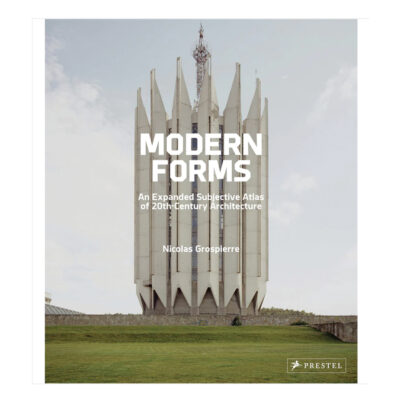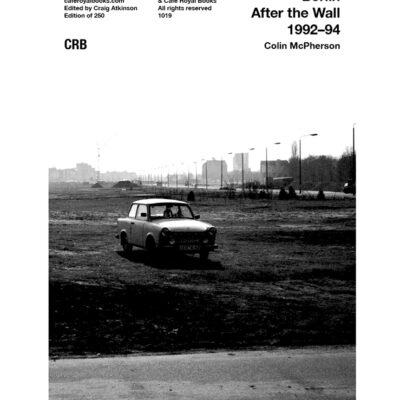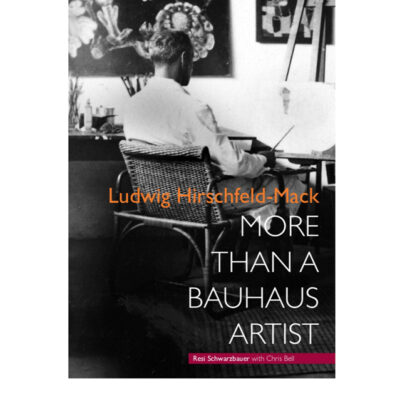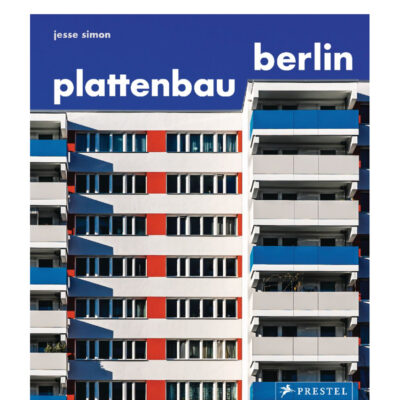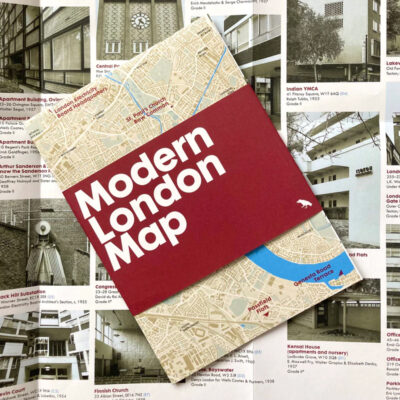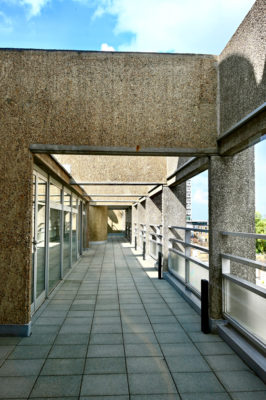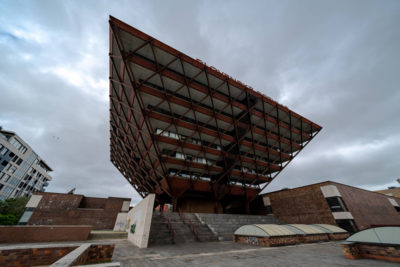
Villa Glucklich
Villa Glucklich part of architect Josef Gočár’s Baba Colony
In 1928, a year after the Deutscher Wekbund opened the Weissenhof Estate of 33 Modernist buildings containing 60 residences above Stuttgart, the Czech Werkbund also decided on the construction of a housing estate. Successful architects, including Adolf Loos designed 33 Functionalist villas. Functionalism was enthusiastically received in Czechoslovakia, a new nation created in the aftermath of the Great War out of pieces of the beaten Austro-Hungarian Empire. Czechoslovakia pursued modernity, industrial excellence and the form and purpose of Functionalism, which adopted Le Corbusier’s vision of unadorned buildings designed to fulfil their purpose suited the prevailing vision. In Brno Villa Tugendhat by Mies van der Rohe and Villa Müller in Prague, by Adolf Loos in 1930 are exemplars of the Functionalist design philosophy. Much of the Bata Shoe Company’s development of Zlín is Functionalist, and Bata’s enlightened industrial enterprise led to its expansion. Even to Tilbury in Essex.
The Wiessenhof project envisaged pre-fabricated materials being used to make affordable homes, but that really didn’t work out. Great designs, but expensive to build. Baba similarly aimed to provide economically priced homes for working people but the plan for uniformity gave way to individually designed villas. Now the three parallel streets that compose the Baba houses are becoming more and more fashionable and middle class.
Image Jirka D1 CC BY SA 4.0





